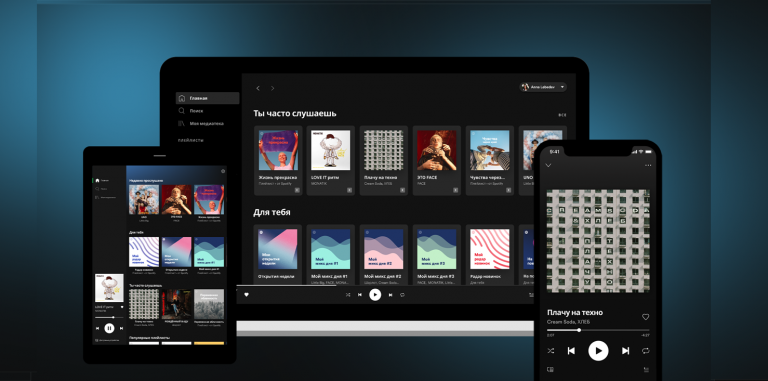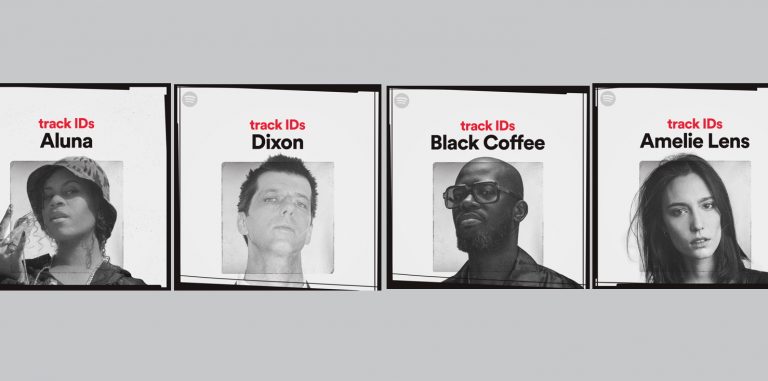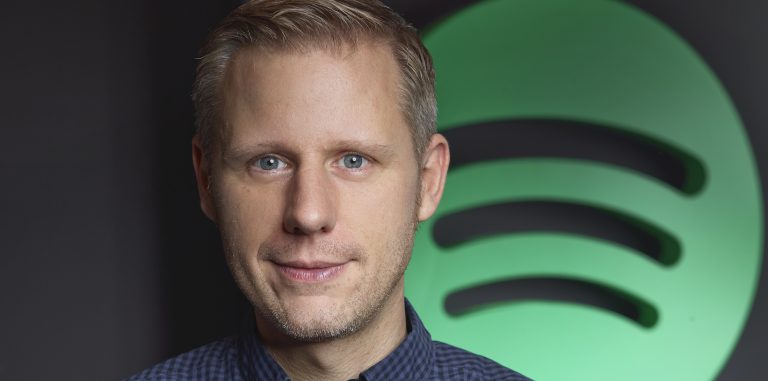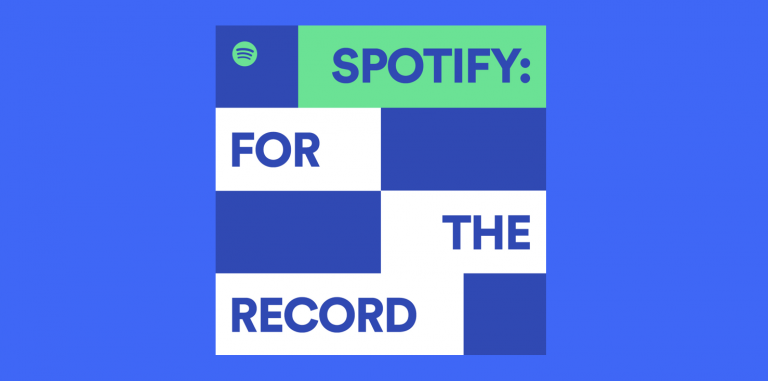
5 Questions (and Answers) With Ilia Alekseev, Managing Director, Spotify Russia & CIS
For Ilia Alekseev, music has always been a passion. He played the flute as a child and later learned the guitar and drums to be part of a band. Now, as the Managing Director of Spotify Russia & CIS, some of Spotify’s newest markets, he has the opportunity to spread that love for music to listeners in his market and around the world. “Music and the self-expression it embodies help reflect my inner spirit,” says Ilia. “This makes the company’s business very close to me as an individual.”
Ilia takes his role—to create ways to connect artists and listeners and help Spotify become the leading audio platform in Russia, Belarus, Kazakhstan and Moldova—seriously. To do that, he plans to adapt Spotify to the local tastes and needs of listeners in the market, as well as work to bring the rich and unique musical culture of Russia to the world.
We took a moment to get to know Ilia and the work he’s done so far.
1. Just a few months ago, Spotify launched in Russia. What was the reaction like?
Russia is one of Spotify’s 92 international markets and has a population of about 140 million people, making it one of our largest markets. Before the launch we did a lot of research and localization work to ensure that our product would match local preferences and expectations for all those users.
What’s interesting is that the Russian audience had been long awaiting Spotify’s entry in the market, so the day before the launch, we saw high emotional anticipation from listeners on social and messaging apps. On the first day we had tremendous download rates, and the news about Spotify’s launch was so huge that three days after launch, headlines about Spotify were still trending on Russia’s largest news service.
Yet what’s massively exciting for us is that there’s so much more room to grow in Russia. We’re really focused on doing that.
2. How is Spotify supporting Russian artists, both by way of launch and since then?
During the first days of launch in Russia, we also wanted to make sure listeners got the warm welcome from local artists Little Big, FACE, GONE.Fludd, MARUV, Mot, Nina Kraviz, Mujuice, Sharlot, Levan Gorozia, Klava Koka, Olga Seryabkina, Malbec, Siuzanna, Rauf & Faik, Max Barskikh, Tima Belorusskikh and Noize MC. International artists Katy Perry, Thirty Seconds To Mars, BTS, Imagine Dragons, Hurts, and Twenty One Pilots also joined the celebration of the long-awaited launch in Russia—that felt amazing!
In analyzing the first 30 days listening data, we discovered that BTS was the most popular artist among Russian listeners but that local artists also prevail in the top songs, genres, and artists. For example, MORGENSHTERN took second place, with Scriptonite, kizaru, and Max Korzh following closely.
We really hope that with the arrival of Spotify in Russia we don’t only introduce international artists to the market, but we also allow local artists to expand their international audience. We’re already seeing it happening. Recently, the popular Russian DJ Nina Kraviz was featured in Spotify’s new suite of track ID playlists that were cocurated by Spotify and DJs from all over the world. They’re now available for discovery by 299 million people.
3. How are Spotify’s editorial and algorithmic playlists unique to your market? How did this play into your launch strategy?
Russia has a long-standing music heritage with various music tastes across the country. Analysis from the first 30 days’ listening data showed that, for example, cities such as Yekaterinburg and Perm clearly have a preference for rock music, and Moscow is more about K-Pop.
Prior to the launch, our music editorial team curated more than 100 playlists specifically for Russia—including Hip-Hop Cannon, Pop Non-Stop, Rock Today, Solaris, Indie Squad, More Fume, and Hits of Russian Rock, among others. We saw that this was the right move—some of the local playlists have since become the most popular among Russian listeners. Locally curated playlist Wind In Your Hair, for example, became the most popular among Russians while they were driving.
4. Spotify is known for its ubiquity—meaning listeners can seamlessly transfer what they’re listening to between devices and platforms. How are you leaning into this strategy in Russia?
We don’t want to corner our listeners into one ecosystem. We want to give them freedom to play music across a wide range of devices and offer app integrations with social media, popular apps, gaming consoles, TV and phone services, top brands, and more. We know that Russia is an Android-first market in terms of smartphones and has its own cultural behaviors, but mobile data is cheaper compared to other markets worldwide, so we expect high mobile usage and engagement from our mainly young audience. We took these factors into account when planning and localizing our ubiquity strategy.
This strategy also allows us to feature country-wide partnerships such as the one we have with MTS, one of the largest mobile carriers in Russia, that can now offer its over 78 million-person audience best-in-class personalized music recommendations with special terms. These kinds of partnerships enable people to try out audio streaming services.
5. Finally, if we were to take a look at your “recently played,” what would we find?
I’m a big fan of our local editorial playlists. I really enjoy Neopop, which helps me to navigate through the new wave of Russian pop music. Last week I felt a bit of nostalgia, so I listened to alternative bands from the ’90s like Smashing Pumpkins and Radiohead. And after my 10-year-old son played his Minecraft playlist on my account several times, I discovered some really . . . shall we say “cool?” new artists in my algorithmic playlists.
Get to know Russia’s top hits by streaming one of Ilia’s favorite pop playlists, Neopop






